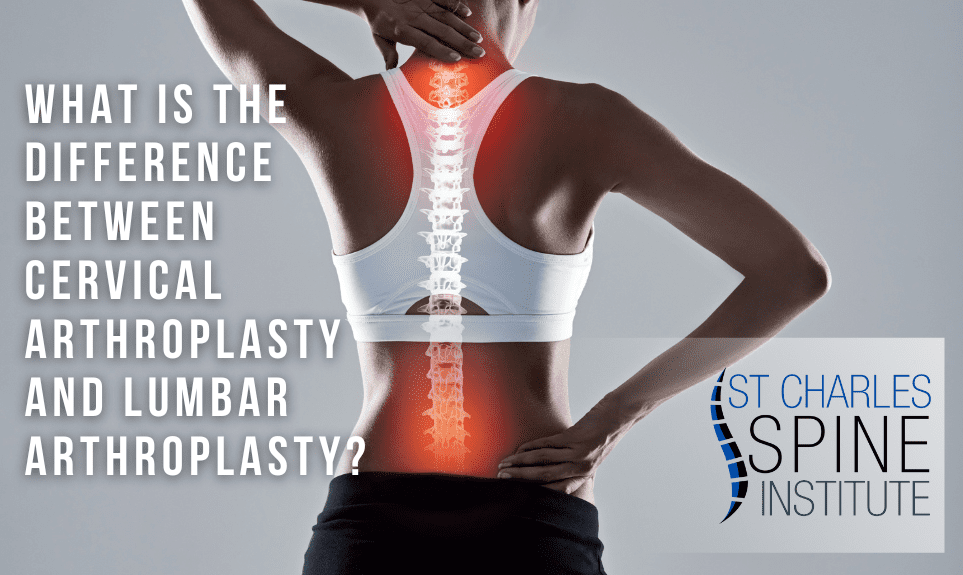What Is the Difference Between a Cervical Arthroplasty and a Lumbar Arthroplasty?

The word arthroplasty means “artificial disc replacement,” or more specifically, the surgical reconstruction or replacement of a joint. When removing a damaged spinal disc and replacing it with a man-made prosthetic disc, that could be classified as cervical or lumbar arthroplasty. Read on to learn more about these procedures.
A spinal disc is an elastic substance that sits between each vertebra. Discs provide shock absorption, stability, and a pivot surface for your vertebrae to move. Over time, either from natural degeneration (aging, pressure, and use), a spinal injury, or a musculoskeletal disorder, your discs can get damaged, causing severe pain from the lack of cushioning between the vertebrae, impinging on the nerves which branch out from the spinal cord.
If you have a damaged or degenerated disc in your spine that is causing you pain, you may be a good candidate for a total disc arthroplasty. Arthroplasty is one of the most common disc replacement procedures and, given its high success rate, offers patients a practical way to address pain caused by disc degeneration.
What is Meant By Cervical Arthroplasty Versus Lumbar Arthroplasty?
Since arthroplasty simply means the procedure to replace a damaged disc with an artificial one, the only difference between these two procedures is the location of the disc being replaced.
Spinal Anatomy: The spine extends from the base of your brain down to your pelvis. It is divided into three regions, with each area possessing unique traits and serving specific functions related to the support of your frame.
Cervical Spine: The cervical portion of your spine is your neck. Technically, doctors call the first seven vertebrae, C1 through C7, the cervical spine. Your cervical spine protects your spinal cord and brainstem (midbrain, pons, and medulla oblongata). It supports your skull, and is the part of your neck that enables you to tilt, nod, and rotate your head.
Thoracic Spine: This term refers to the thorax, or the part of the body that extends from the neck to the top of the bottom of the rib cage. The thoracic spine begins beneath vertebra C7 and contains the next 12 vertebrae. The bones of the thoracic spine, medically abbreviated as T1 through T12, are larger than your cervical bones, and attach to the rib cage. The thoracic spine is the most rigid part of the spine, which means it is also less prone to injury than the other areas of the spine, yet it allows you to twist and bend. It provides support for your chest and your abdomen.
Lumbar Spine: The lumbar spine is located in your lower back and begins below T12. You have five lumbar vertebrae (L1 through L5), all of which are wider and broader than your other vertebrae, as they are responsible for supporting a significant portion of your body’s weight. While the lumbar spine can move more than the thoracic spine, its rotation is limited.
Finally, although technically not part of the spine, the sacrum is sometimes referred to as the sacral spine. The sacrum is the five bones forming a triangle that connect your pelvis to your spine. Your coccyx, or tailbone, sits directly beneath your sacrum and consists of five more fused bones.
What Happens in an Arthroplasty Procedure?
Arthroplasty is a minimally invasive surgery performed as an outpatient procedure. During your surgery, the vertebrae on either side of the damaged disc will be decompressed to relieve the pressure on the nerves. The damaged parts of the disc will be removed, and an artificial disc will be inserted in its place held in place by two plates that affix to the vertebrae. Unlike fusion, arthroplasty is intended to allow patients to retain nearly full range of motion upon recovery.
How Long Does Recovery Take?
Because it is minimally invasive, arthroplasty has a shorter recovery period than many other back surgeries. Patients can typically walk within 24-hours of the procedure and are allowed to undertake some gentle activities for about two weeks. For cervical arthroplasty, you will probably have to wear a neck brace for a period of time. Depending upon your doctor’s recommendation, patients will typically begin following an exercise plan and physical therapy to fully recover strength and range of motion.
If you are suffering pain from a damaged or deteriorating disc in your neck or lower back, cervical arthroplasty or lumbar arthroplasty may offer you a remedy. Contact our team today at St. Charles Spine Institute, to make an appointment and learn more about the spinal health solutions we offer.
